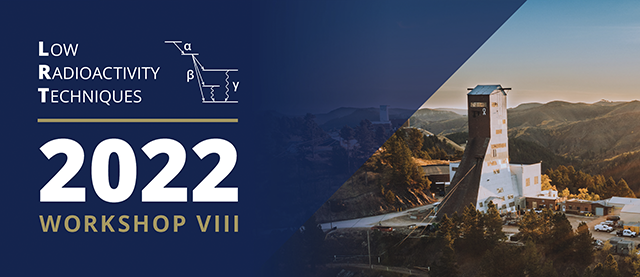Speaker
Description
Most underground laboratories (UL) were originally constructed for studies of fundamental physics, such as dark matter and neutrino-less double beta decay experiments. The fundamental physics experiments mentioned require ultra-sensitive detection at underground. Similarly, ultra-low background facility is invaluable for studies of radionuclides analysis from the perspective of reducing the background radiation from cosmic ray. Especially, gamma spectrometry system using HPGe detector is one of main radionuclides analysis equipment in underground laboratories. However, since the system is focused on measuring detector material for physics experiment and sensitive to contamination, there is a limit to applying it to general environmental samples such as seawater, sediment, etc. And underground environment is disadvantageous in accessibility when many samples need to be analyzed. Recently, there is an issue due to Fukushima contaminated water. Our team judge that ultra-low background HPGe system would be effective for seawater sample in terms of shortening radionuclides analysis time of pretreatment and measurement. So, we are designing a mobile system that can be moved to vehicle. A system to satisfy minimum detectable activity of under 10 mBq is considered as a target of Cs-137 radionuclide, and research on the optimization between shielding technique and the meter water equivalent. In this paper, there are conceptual design of mobile ultra-low background HPGe system.

